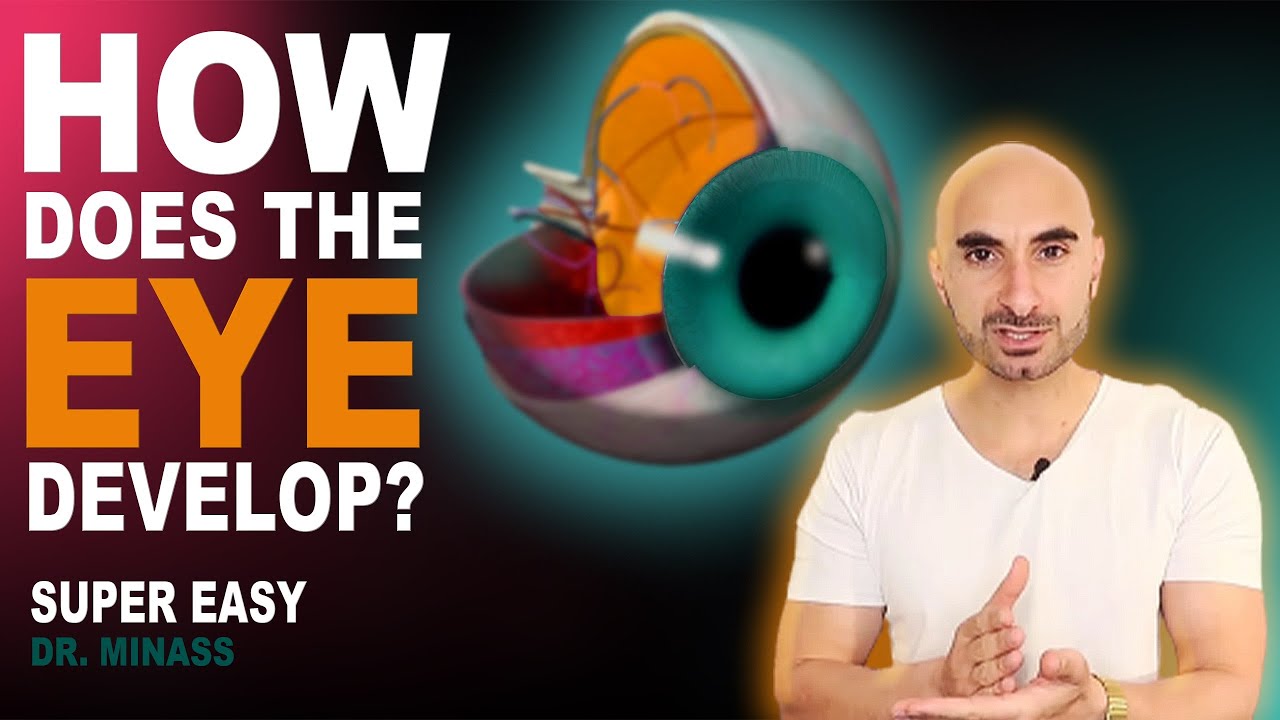Reproductive embryology
Summary
TLDRIn this educational video, ABD, a medical student at Kingd Aiz University, delves into the intricate process of embryology, focusing on the development of the reproductive system. The discussion begins with the migration of primordial germ cells to the gonadal ridge, where they differentiate into future gametes. ABD explains the roles of various cells in gonadal development, the significance of the genital ducts, and how hormones like testosterone and dihydrotestosterone influence the formation of male and female genitalia. Clinical implications, such as disorders in testosterone function leading to ambiguous genitalia, are also explored. The video is a comprehensive guide for students and medical professionals interested in understanding the complex journey of reproductive system development.
Takeaways
- 🌟 The video discusses embryology, focusing on the development of the reproductive system.
- 🔍 Primordial germ cells migrate to the gonadal ridge, which will later develop into gametes or support structures.
- 🌐 In the gonadal ridge, three types of cells are present: primordial germ cells, mesothelial cells, and mesenchymal cells, each contributing to different structures.
- 🧬 Male development is characterized by the presence of the Y chromosome and the SRY gene, which triggers the production of testosterone and other hormones.
- 🚹 In males, the wolfian duct develops into the epididymis, vas deferens, and seminal vesicles, while the Müllerian duct regresses due to the action of Müllerian Inhibiting Factor (MIF).
- 🚺 In females, without hormonal input, the Müllerian duct develops into the uterus, Fallopian tubes, cervix, and upper vagina, and the wolfian duct regresses.
- 🌡 Hormones play a critical role in sexual differentiation; without them, the default development is female.
- 🧪 The video mentions clinical implications, such as individuals with XY chromosomes who do not produce functional testosterone, leading to female external genitalia but internal male structures.
- 🔎 The urogenital sinus develops into different structures in males and females, including parts of the urinary system and the lower vagina in females.
- 📚 The presenter recommends 'First Aid for the Basic Sciences: General Principles' and 'Kaplan Step 1 Physiology' as resources for further study.
Q & A
What is the role of primordial germ cells in the development of the reproductive system?
-Primordial germ cells migrate to the gonadal ridge and give rise to future gametes, such as spermatogonia in males and oogonia in females.
What are the three types of cells found in the gonadal ridge during embryonic development?
-The three types of cells in the gonadal ridge are primordial germ cells, mesothelial cells, and mesenchymal cells, which contribute to the formation of gametes, supporting structures, and other reproductive tissues.
How do the genital ducts, specifically the Müllerian and Wolffian ducts, contribute to the formation of internal genital structures?
-In males, the Wolffian duct develops into the epididymis, vas deferens, and seminal vesicles, while in females, the Müllerian duct develops into the uterus, fallopian tubes, cervix, and upper one-third of the vagina.
What is the significance of the SRY gene in determining sex during embryonic development?
-The SRY gene, located on the Y chromosome, is crucial for male sex determination. It encodes for a protein that initiates the development of testes, which then produce hormones necessary for male reproductive system development.
What is the role of Müllerian inhibiting factor (MIF) in the development of the male reproductive system?
-Müllerian inhibiting factor (MIF), produced by Sertoli cells in the testes, inhibits the development of the Müllerian duct, leading to its regression and preventing the formation of female internal reproductive structures in males.
How does the absence of hormonal input affect the development of the genital ducts?
-Without hormonal input, such as testosterone and anti-Müllerian hormone, the Wolffian duct regresses in females, while the Müllerian duct regresses in males, leading to the development of female or male reproductive structures, respectively.
What structures develop from the genital tubercle in both males and females?
-The genital tubercle develops into the glans penis in males and the glans clitoris in females.
What is the clinical significance of androgen insensitivity syndrome as discussed in the script?
-Androgen insensitivity syndrome results from a failure of testosterone to act properly, leading to the development of external female genitalia despite the presence of XY chromosomes and testes. Affected individuals may present with primary amenorrhea and internal male reproductive structures.
How does the urogenital sinus contribute to the formation of the urinary system in both sexes?
-The urogenital sinus gives rise to the urinary bladder and urethra in both males and females. In males, it also forms the prostate gland and bulbourethral glands, while in females, it contributes to the lower third of the vagina and greater vestibular glands.
What is the role of the gubernaculum in the migration of the testes?
-The gubernaculum assists in the migration of the testes from the abdomen to the scrotum, guiding their descent and positioning.
Outlines

This section is available to paid users only. Please upgrade to access this part.
Upgrade NowMindmap

This section is available to paid users only. Please upgrade to access this part.
Upgrade NowKeywords

This section is available to paid users only. Please upgrade to access this part.
Upgrade NowHighlights

This section is available to paid users only. Please upgrade to access this part.
Upgrade NowTranscripts

This section is available to paid users only. Please upgrade to access this part.
Upgrade NowBrowse More Related Video
5.0 / 5 (0 votes)





